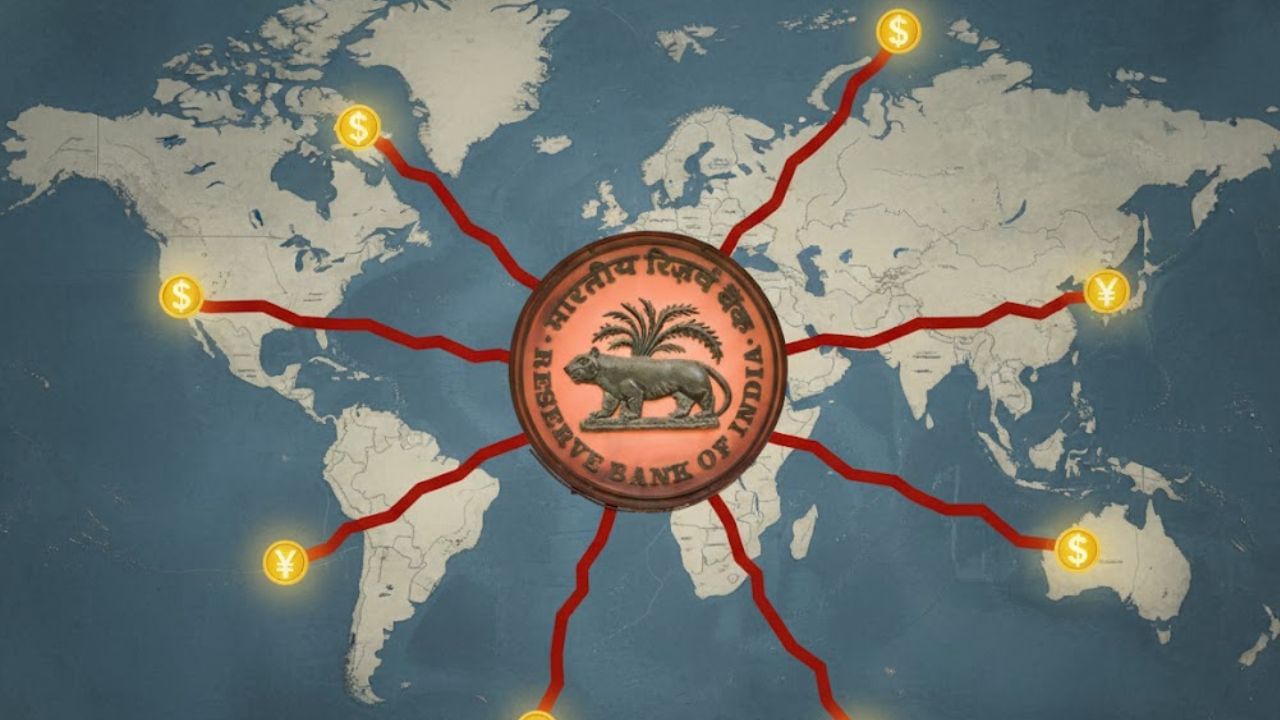reserve Bank of India
The Reserve Bank of India (RBI) has expressed an important concern regarding the country’s economy. This concern is not related to anything else, but to the ‘cheap steel’ coming from outside. RBI has revealed in one of its recent articles that cheap steel imports from 5 big countries of the world have put the Indian market in trouble. Due to this ‘dumping’, not only is India facing economic losses worth crores of rupees every year, but it has also become a big crisis for the country’s own steel producers.
The central bank has published an article titled “Steel Under Siege: Understanding the Impact of Dumping on India” in its October Bulletin. The title itself tells the story, which means ‘Crisis on Steel: Understanding the Impact of Dumping on India’. This article clearly states that dumping of cheap steel by global producers is a direct threat to India’s domestic steel production.
‘Cheap’ goods, but ‘expensive’ deal
Often we think that if something is available cheaper from outside, then what is the harm in it. But according to the Reserve Bank, this ‘cheap’ deal is actually costing the country ‘expensive’. According to RBI, India’s steel sector faced huge challenges during 2023-24 and 2024-25.
The biggest reason for this was cheap imports and ‘dumping’ done by major global steel producers in India. ‘Dumping’ simply means that other countries are selling the steel produced in India to India at a price lower than its cost, so that they can capture the Indian market.
This has double disadvantages. First, when foreign steel will be sold so cheap, then who will buy the goods of steel making companies in India? This causes huge losses to our domestic producers. Second, when the domestic industry itself becomes weak, India’s own export sector also lags behind, which adversely affects the country’s overall earnings. RBI has clearly said that this increase in imports is mainly due to low import prices of steel.
From which countries is this steel coming?
RBI data shows that India’s steel imports registered a huge growth of 22 percent in 2023-24 because prices were low in the international market.
India imports about 45 percent of its total steel imports from only five countries. South Korea leads the list, from where 14.6 percent of India’s total steel imports come. After this comes China (9.8 percent), America (7.8 percent), Japan (7.1 percent) and Britain (6.2 percent).
Furthermore, the article also states that a worrying increase in steel imports has been witnessed during 2024-25, especially from China, Japan, South Korea, Indonesia and Vietnam. This shows that the threat is not just from a few countries, but from many big producing countries, who want to consume their excess production in the Indian market.
Consumption increased, but the ‘game’ deteriorated
According to RBI, this problem has become serious recently. Data show that from April 2022 to November 2024, steel consumption in India has grown at an average rate of 12.9 percent (monthly growth rate). That means there is a lot of demand for steel for development works in the country.
But, a dangerous trend started from the year 2022. The gap between the country’s domestic consumption (the amount of steel we need) and domestic production (the amount of steel we make ourselves) started increasing. From April 2022 itself, steel prices started declining in both domestic and global markets.
Taking advantage of this opportunity, foreign companies started sending cheap steel to India. The result was that instead of domestic production increasing to meet our own consumption demands, cheap imports filled the gap. This situation is not considered good for the industrial health of any country.
